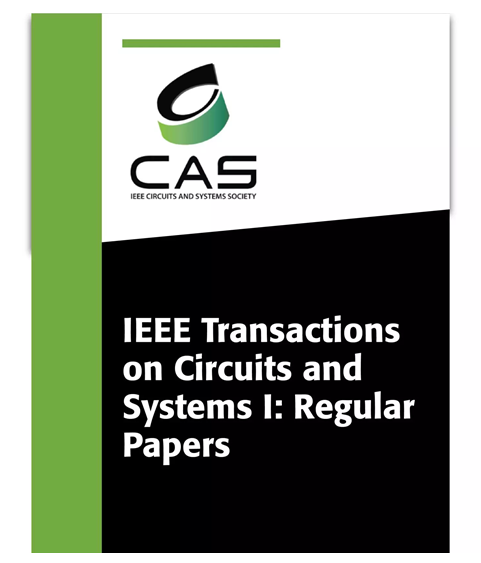Four-Port Probe Calibration Using 64-Term Error Model for On-Wafer S-Parameter Measurement of Microwave Circuits Up to 110 GHz
IF 5.2
1区 工程技术
Q1 ENGINEERING, ELECTRICAL & ELECTRONIC
IEEE Transactions on Circuits and Systems I: Regular Papers
Pub Date : 2025-04-08
DOI:10.1109/TCSI.2025.3544672
引用次数: 0
Abstract
This article presents a novel four-port probe calibration method for on-wafer S-parameter measurement of microwave circuits and, for the first time, realizes measurement verification up to 110 GHz. The method regards the 64 error terms in the four-port probe calibration as an error matrix, which can be solved by a homogeneous equation system using a generalized scatter matrix theory. The calibration algorithm can consider the crosstalk between the probes and improve the calibration accuracy at high frequencies. This method only requires six calibration standards to complete the four-port probe calibration. Only one coupled differential line with a symmetric structure is needed as the Thru, which replaces the traditional U-shape and asymmetric Thru and effectively reduces the number of calibration standards used in the four-port probe calibration. In addition, the method combined with an optimization method accurately and efficiently calculates the parasitic parameters of the calibration standards at high frequencies. The proposed method is validated by three different devices under test (DUTs) up to 110 GHz. Their S-parameters obtained by the proposed method, including all the pure-mode and mode-conversion terms, have high accuracy in magnitude and phase, proving the correctness and convenience of this method.基于64项误差模型的四端口探针校准用于高达110 GHz的微波电路的片上s参数测量
本文提出了一种用于微波电路片上s参数测量的新型四端口探针校准方法,并首次实现了高达110 GHz的测量验证。该方法将四口探头标定中的64个误差项作为误差矩阵,利用广义散射矩阵理论建立齐次方程组进行求解。该标定算法考虑了探头间的串扰,提高了高频标定精度。该方法只需要6个校准标准,即可完成四口探头的校准。仅需要一条对称结构的耦合差分线作为Thru,取代了传统的u形和非对称Thru,有效地减少了四端口探针校准中使用的校准标准的数量。此外,该方法结合一种优化方法,准确、高效地计算了高频标定标准的寄生参数。该方法在三个不同的测试设备(dut)上进行了验证,测试频率高达110 GHz。该方法得到的s参数,包括纯模项和模转换项,在幅度和相位上都有较高的精度,证明了该方法的正确性和便捷性。
本文章由计算机程序翻译,如有差异,请以英文原文为准。
求助全文
约1分钟内获得全文
求助全文
来源期刊
CiteScore
9.80
自引率
11.80%
发文量
441
审稿时长
2 months
期刊介绍:
TCAS I publishes regular papers in the field specified by the theory, analysis, design, and practical implementations of circuits, and the application of circuit techniques to systems and to signal processing. Included is the whole spectrum from basic scientific theory to industrial applications. The field of interest covered includes: - Circuits: Analog, Digital and Mixed Signal Circuits and Systems - Nonlinear Circuits and Systems, Integrated Sensors, MEMS and Systems on Chip, Nanoscale Circuits and Systems, Optoelectronic - Circuits and Systems, Power Electronics and Systems - Software for Analog-and-Logic Circuits and Systems - Control aspects of Circuits and Systems.

 求助内容:
求助内容: 应助结果提醒方式:
应助结果提醒方式:


